Water Cycle Cut and Paste Worksheet
Are you searching for an engaging and interactive activity to help your young learners understand the water cycle? Look no further! Our Water Cycle Cut and Paste worksheet is a fantastic resource designed to cater to the needs of primary school students. This worksheet encourages hands-on learning as students cut out and arrange the different stages of the water cycle in the correct order. By visually representing the entity and subject of the water cycle, students will gain a better understanding of this natural phenomenon in a fun and educational way.
Table of Images 👆
More Cut And Paste Worksheets
Cut and Paste Worksheets for KindergartenCut and Paste Sentence Worksheets
Cut and Paste Plant Worksheets
Months of the Year Cut and Paste Worksheets
Cut and Paste Reading Worksheets
Fruit and Vegetable Cut and Paste Worksheets
Cut and Paste Weather Worksheets
Kindergarten Cut and Paste Worksheets Phonics
What is the water cycle?
The water cycle, also known as the hydrological cycle, is the continuous movement and change of water on, above, and below the Earth's surface. It involves processes such as evaporation, condensation, precipitation, and collection. Water evaporates from bodies of water, condenses into clouds, falls back to the Earth as precipitation (rain, snow, sleet), and eventually collects in oceans, rivers, lakes, and other reservoirs, where the cycle begins again. This cycle plays a crucial role in distributing water around the planet, sustaining life, and regulating Earth's climate.
What are the main processes involved in the water cycle?
The main processes involved in the water cycle include evaporation, condensation, precipitation, and runoff. Evaporation is when water from oceans, lakes, and rivers turns into water vapor due to heat. Condensation occurs when water vapor cools and turns back into liquid form, forming clouds. Precipitation happens when clouds release water in the form of rain, snow, sleet, or hail. Runoff is the flow of water from land into rivers, lakes, and oceans, completing the cycle as water returns to bodies of water to start the process again.
What happens during evaporation?
Evaporation is a process in which a liquid, such as water, changes into a gas at temperatures below its boiling point. During evaporation, molecules within the liquid gain enough kinetic energy to break free from the surface and enter the atmosphere as vapor. This results in a gradual decrease in the liquid's volume and an increase in its concentration of solutes if present. Evaporation plays a crucial role in the water cycle, as it is responsible for the formation of clouds, precipitation, and the replenishment of freshwater sources.
What is condensation?
Condensation is the process in which a gas or vapor transforms into a liquid state. This occurs when the temperature of the gas or vapor decreases, causing the particles to lose energy and come closer together, eventually forming a liquid. Examples of condensation include water vapor turning into liquid water on a cold surface, or the formation of dew on grass in the early morning.
How does precipitation occur?
Precipitation occurs when water droplets in clouds combine and grow large enough to fall to the ground as rain, snow, sleet, or hail. This process is facilitated by condensation, where water vapor in the air cools and transforms back into liquid form, forming clouds. As the droplets continue to combine and grow in size, they eventually become heavy enough to overcome the upward air currents, leading to precipitation.
Where does water go after it falls as precipitation?
After falling as precipitation, water can follow several paths: it can flow over the surface and collect in rivers, lakes, or oceans; it can infiltrate into the ground and refill underground aquifers; it can be taken up by plants and transpired back into the atmosphere; or it can evaporate directly back into the atmosphere from surfaces like soil or pavement. Ultimately, the water will cycle back into the atmosphere through evaporation, condensation, and precipitation, completing the global water cycle.
What is runoff?
Runoff refers to the flow of water over the ground surface, typically as a result of precipitation or melting snow. This excess water can accumulate and run off into rivers, lakes, and oceans, carrying with it pollutants, debris, and sediment along the way. Runoff can contribute to flooding, erosion, and water pollution, making it a significant concern for both the environment and human populations.
How does groundwater recharge happen?
Groundwater recharge occurs when water from precipitation or surface water sources infiltrates the ground and replenishes underground aquifers. This process involves water moving downward through soil and rock layers until it reaches the water table, where it can be stored as groundwater. Factors such as permeable soil, vegetation cover, and land use practices can influence the rate and effectiveness of groundwater recharge.
What is transpiration?
Transpiration is the process by which moisture is released from plants through tiny pores on the surface of their leaves called stomata. This water vapor escapes into the atmosphere, helping to regulate the plant's temperature, transport nutrients, and maintain moisture levels within the plant.
How do human activities impact the water cycle?
Human activities impact the water cycle by altering the balance of water distribution and quality. Actions like deforestation, urbanization, and agriculture can lead to increased runoff and erosion, disrupting natural water flow and increasing the risk of flooding. Additionally, pollution from industrial activities and agriculture can contaminate freshwater sources, affecting water quality and ecosystem health. Overall, human activities can exacerbate droughts, floods, and water scarcity by disrupting the natural processes of the water cycle.
Have something to share?
Who is Worksheeto?
At Worksheeto, we are committed to delivering an extensive and varied portfolio of superior quality worksheets, designed to address the educational demands of students, educators, and parents.

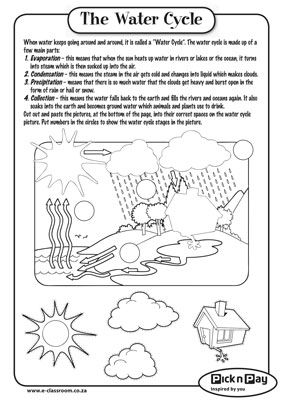



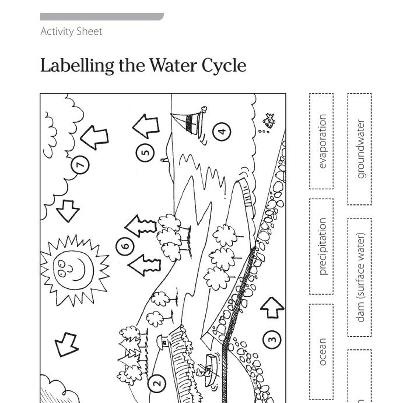
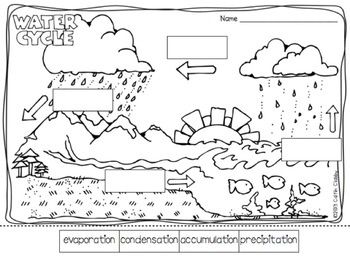
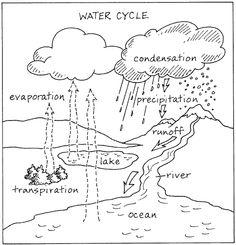
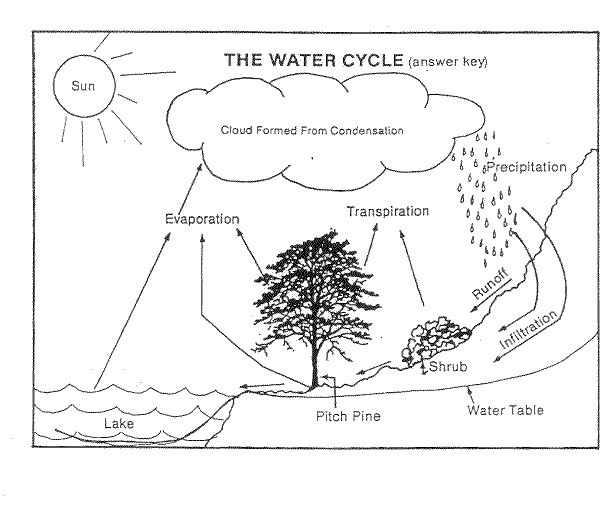


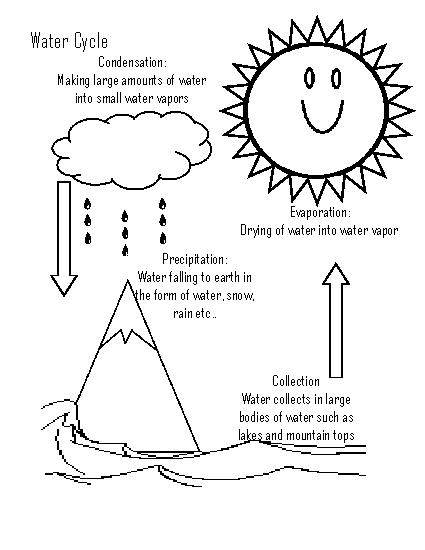

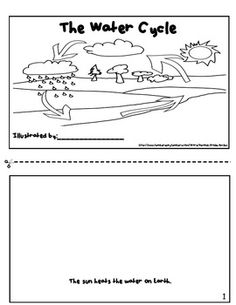
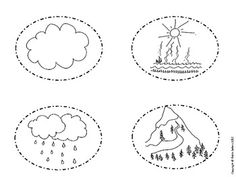
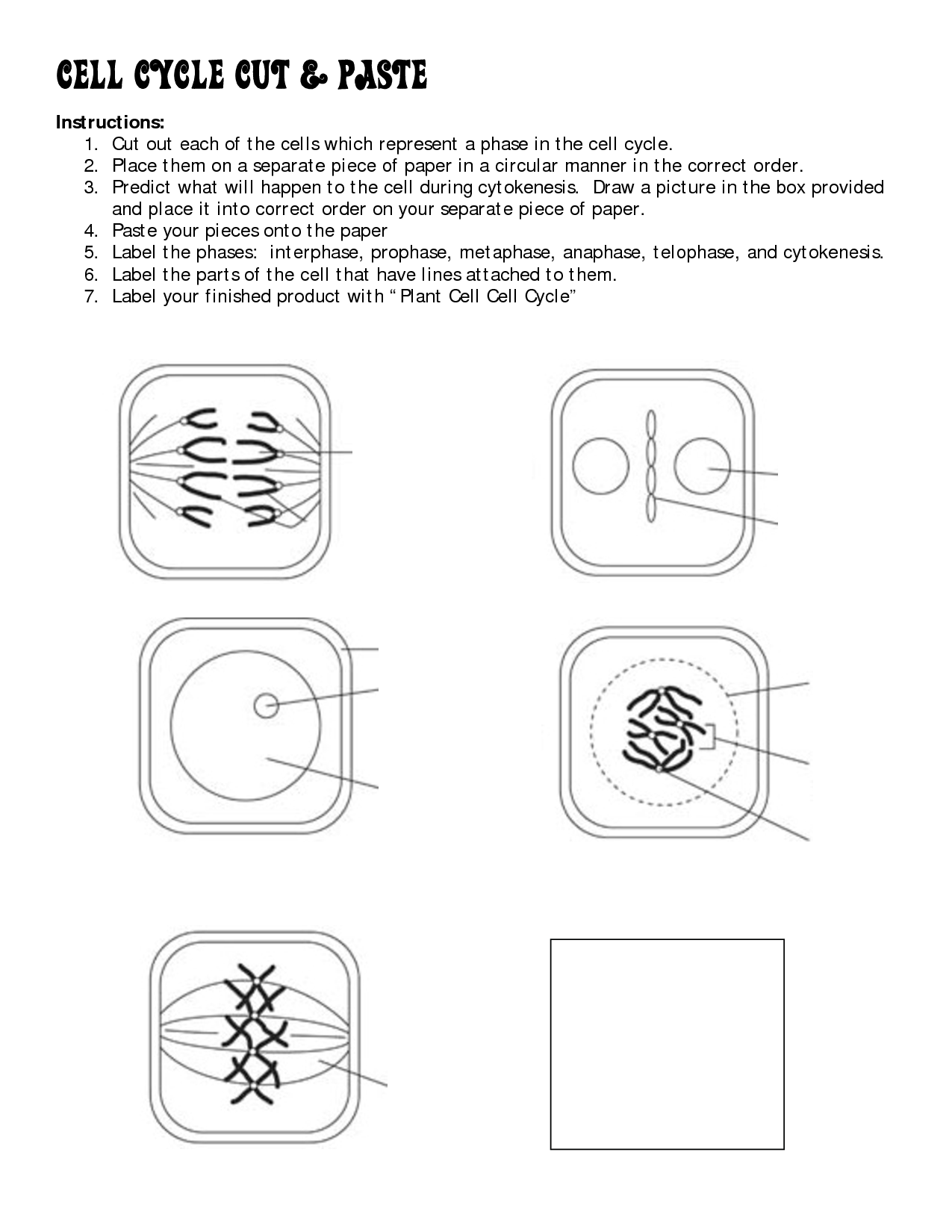









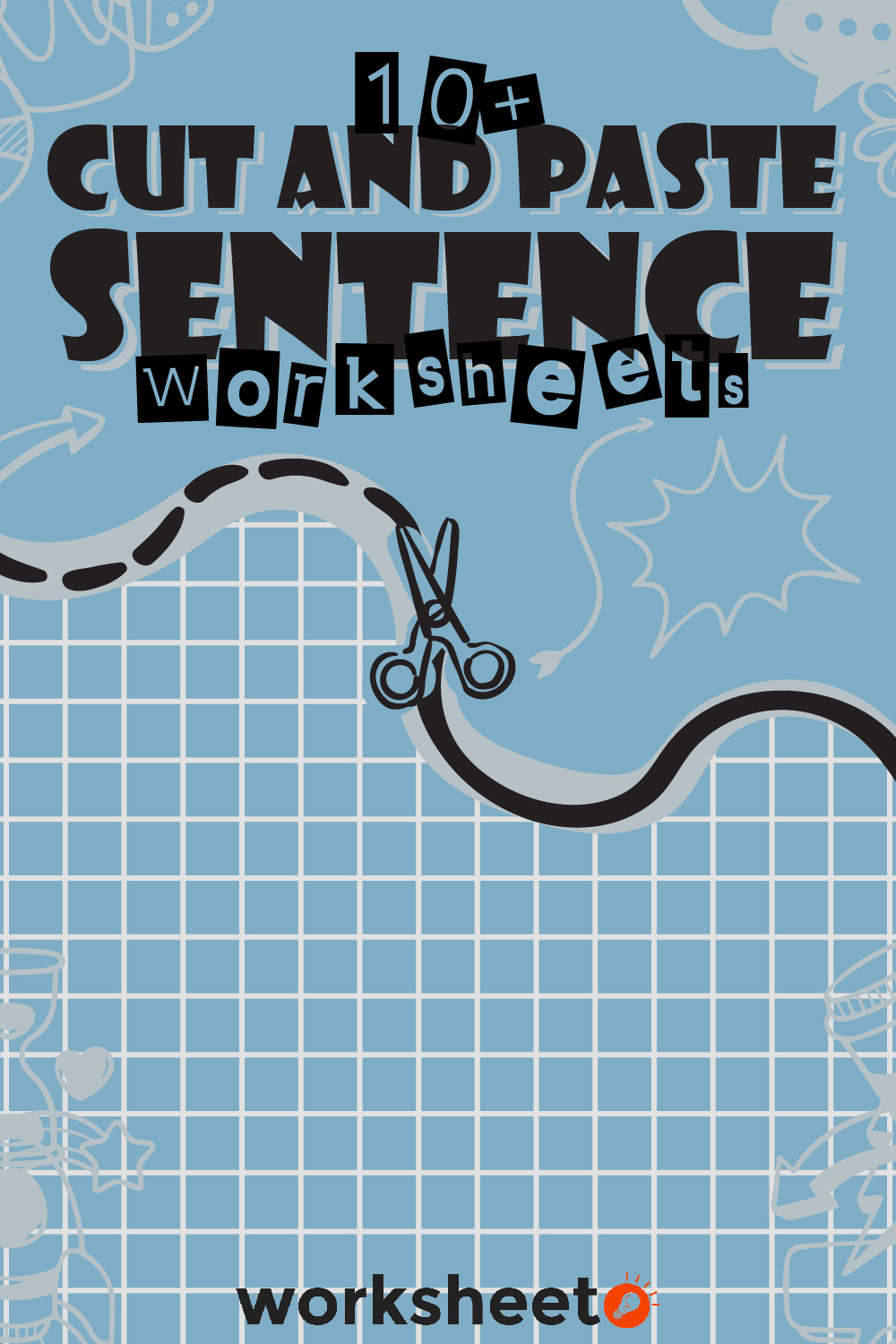
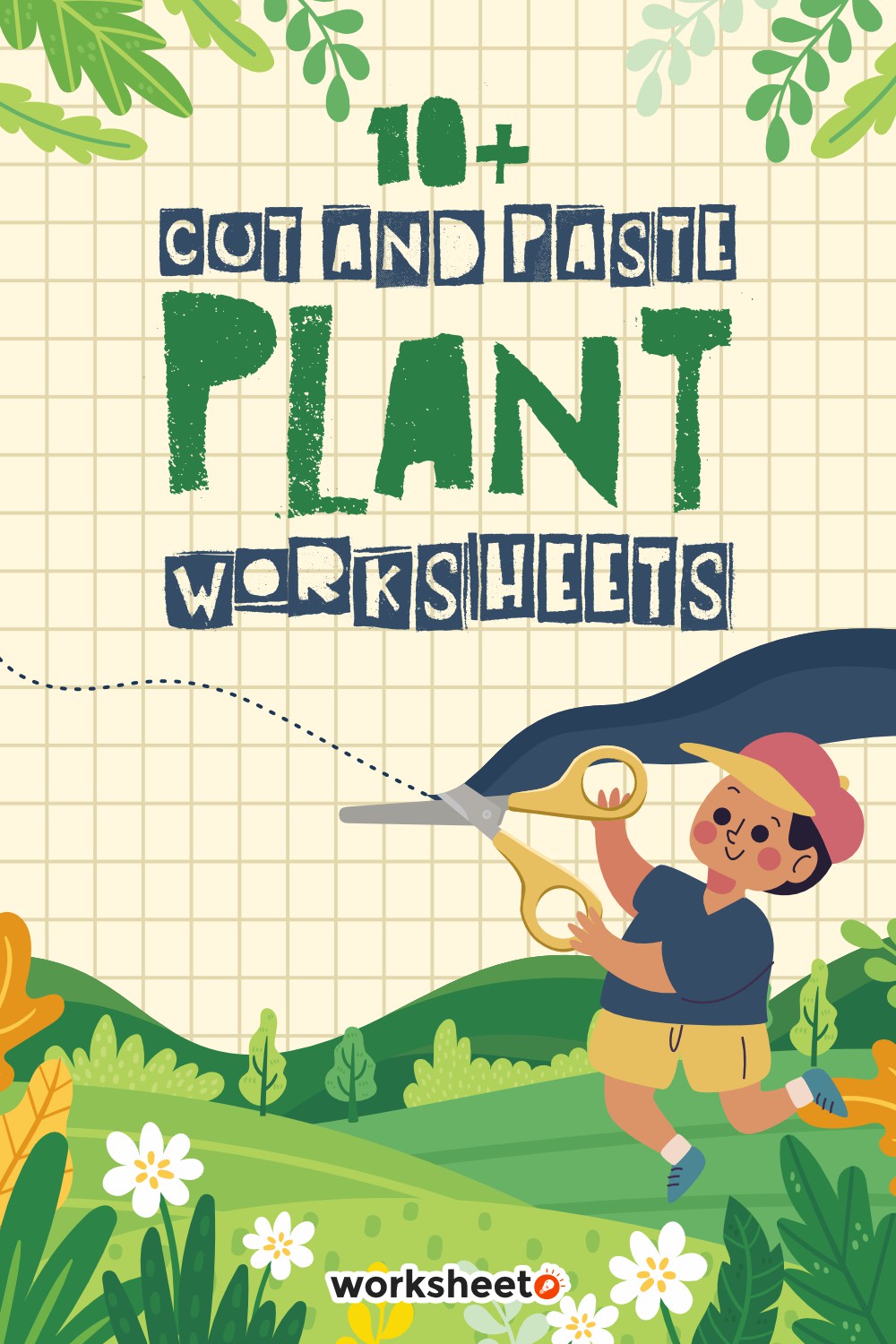
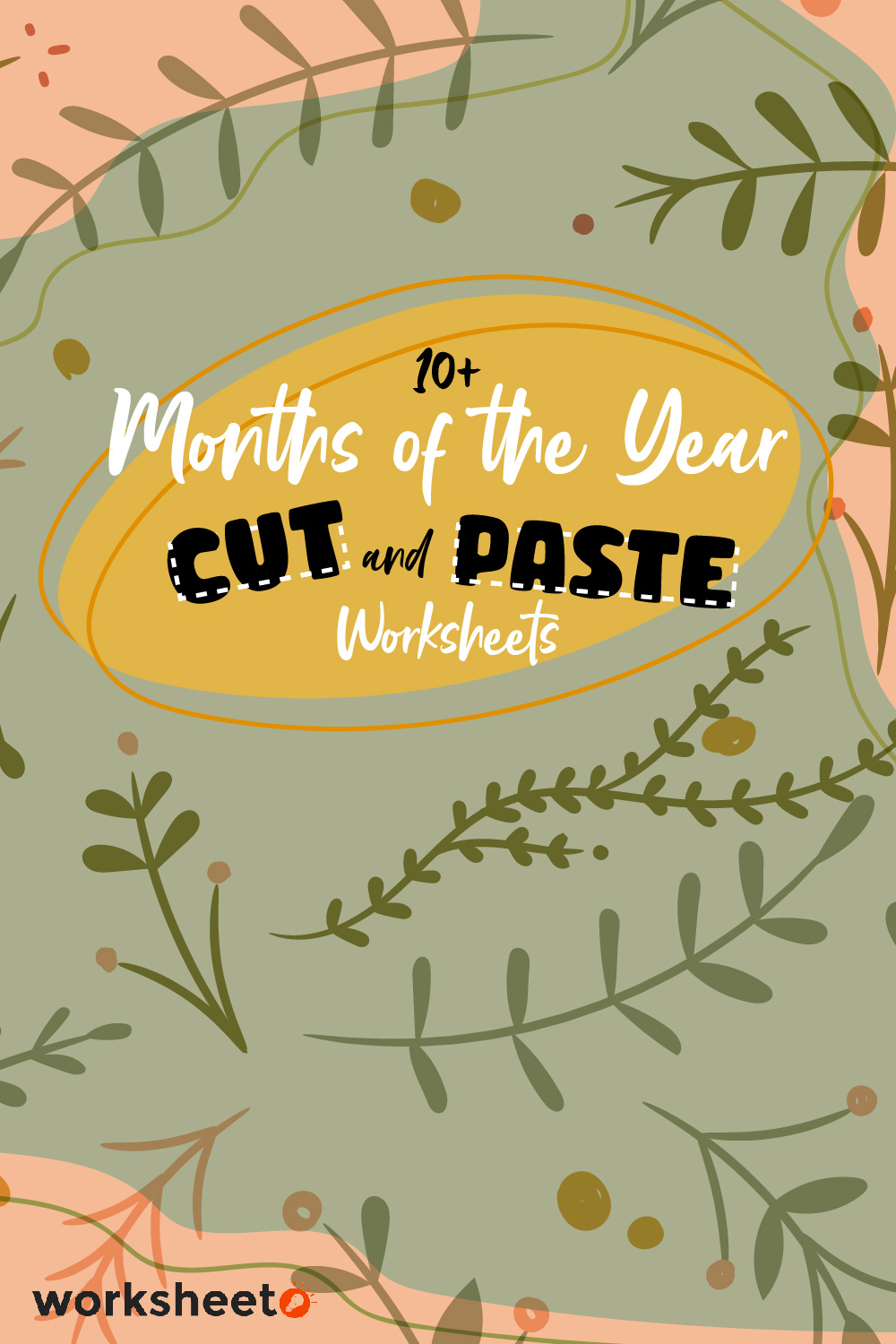
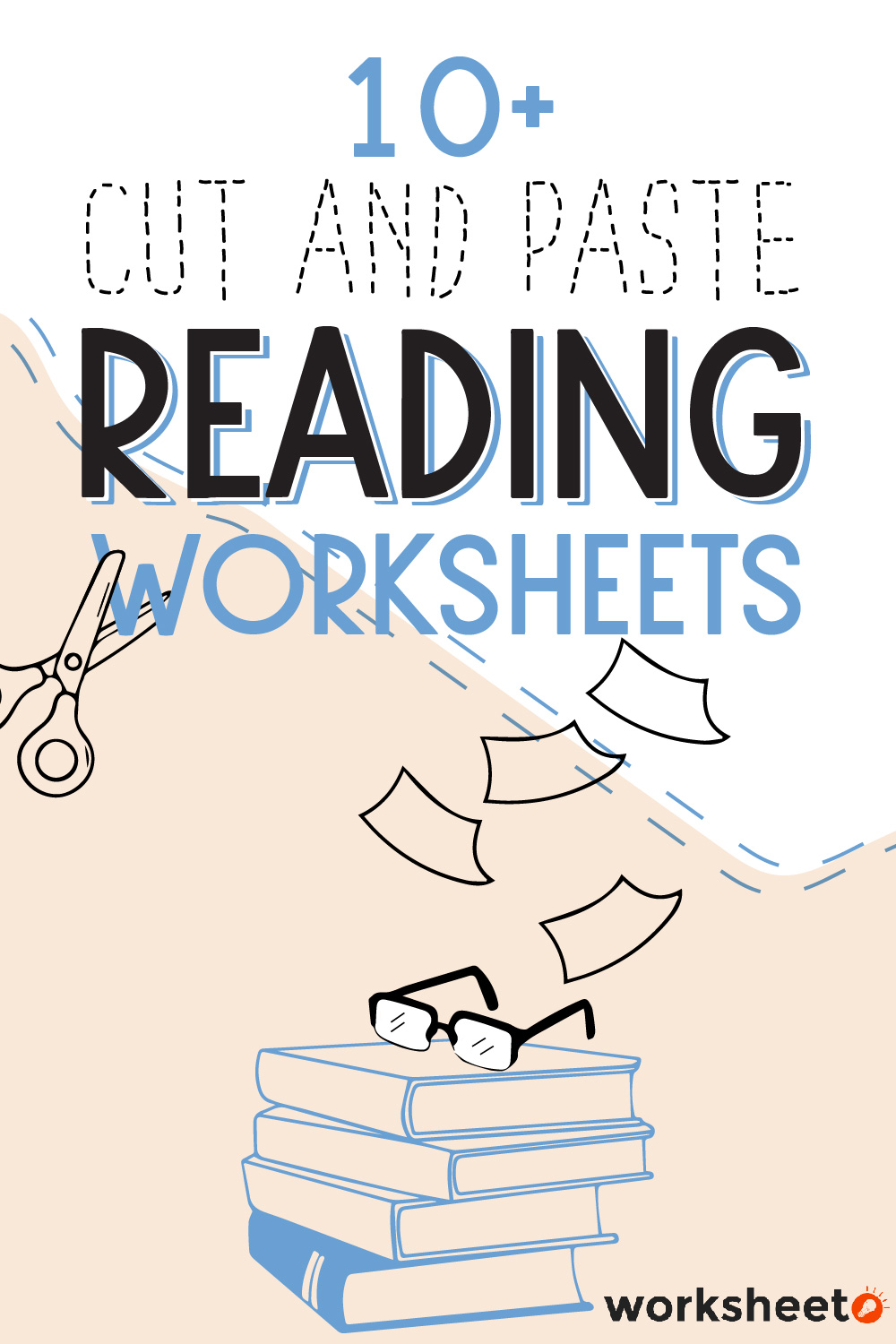
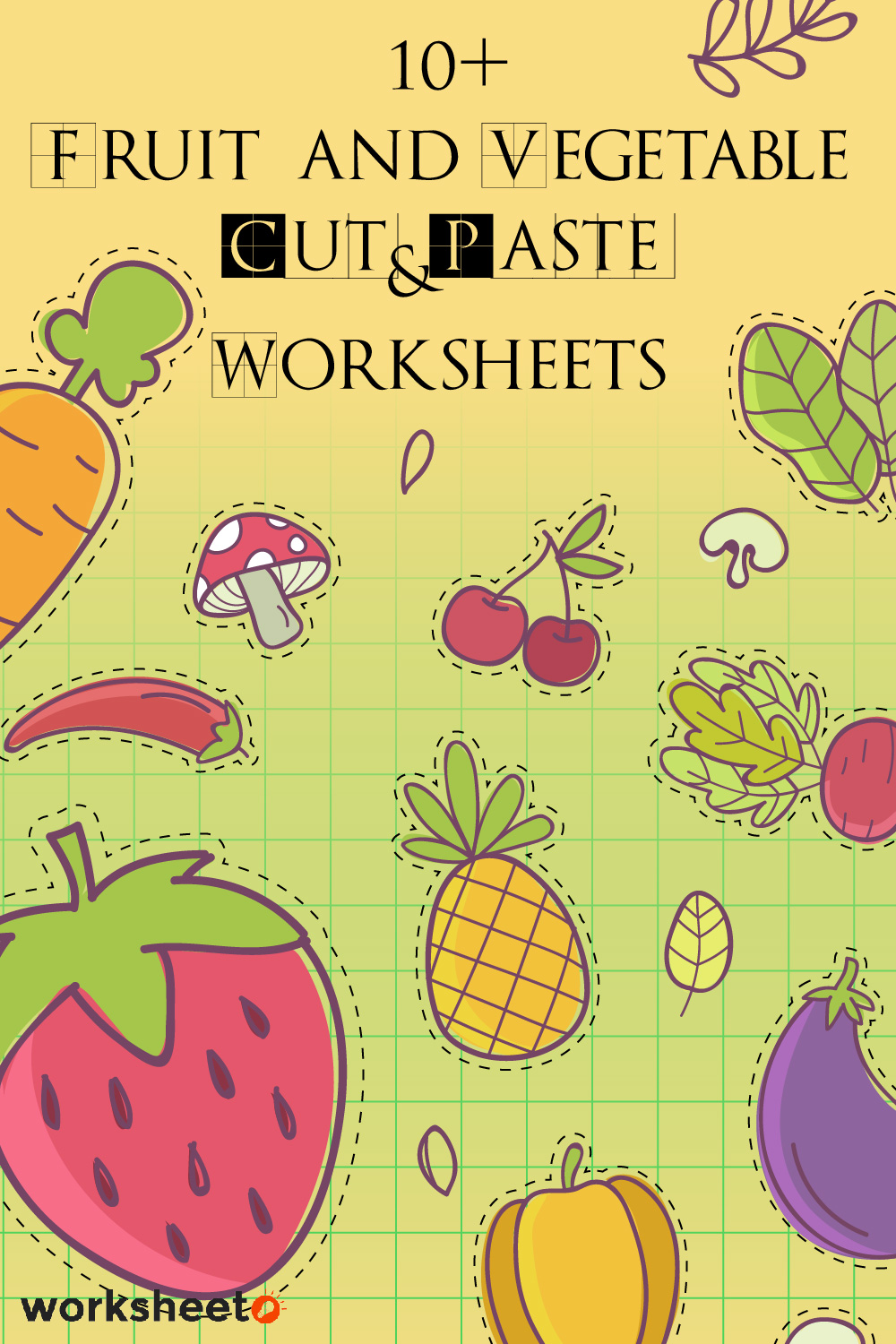
Comments